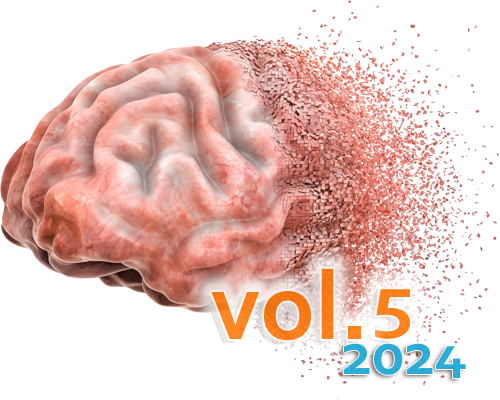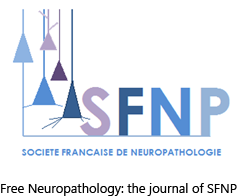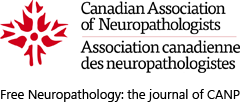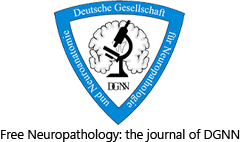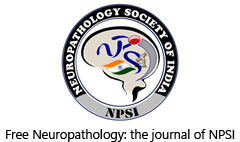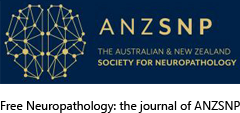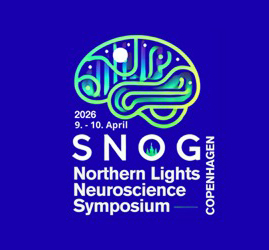Heterogeneity of DNA methylation profiles and copy number alterations in 10782 adult-type glioblastomas, IDH-wildtype
DOI:
https://doi.org/10.17879/freeneuropathology-2024-5345Keywords:
Glioblastoma, Copy Number Variations, CNV, Methylation, Classification, 7/10 signature, EGFR, CDKN2A/B, Amplification, Homozygous deletionAbstract
The morphological patterns leading to the diagnosis of glioblastoma may also commonly be observed in several other distinct tumor entities, which can result in a mixed bag of tumors subsumed under this diagnosis. The 2021 WHO Classification of CNS Tumors has separated several of these entities from the diagnosis of glioblastoma, IDH-wildtype. This study determines the DNA methylation classes most likely receiving the diagnosis glioblastoma, IDH wildtype according to the definition by the WHO 2021 Classification and provides comparative copy number analyses.
We identified 10782 methylome datasets uploaded to the web page www.molecularneuropathology.org with a calibrated score of ≥0.9 by the Heidelberg Brain Tumor Classifier version v12.8. These methylation classes were characterized by the diagnosis glioblastoma being the most frequent classification encountered in each of the classes according to the WHO 2021 definition. Further, methylation classes selected for this study predominantly contained adult patients.
Unsupervised clustering confirmed the presence of nine methylation classes containing tumors most likely receiving the diagnosis glioblastoma, IDH-wildtype according to the WHO 2021 definition. Copy number analysis and a focus on genes with typical numerical alterations in glioblastoma revealed clear differences between the nine methylation classes. Although great progress in diagnostic precision has been achieved over the last decade, our data clearly demonstrate that glioblastoma, IDH-wildtype still is a heterogeneous group in need of further stratification.
Metrics
Additional Files
Published
How to Cite
Issue
Section
License
Copyright (c) 2024 David E. Reuss, Daniel Schrimpf , Asan Cherkezov , Abigail K. Suwala , Tereza Lausová , Matija Snuderl , David Capper , Martin Sill, David T. W. Jones , Stefan M. Pfister , Felix Sahm , Andreas von Deimling

This work is licensed under a Creative Commons Attribution 4.0 International License.
Papers are published open access under the Creative Commons BY 4.0 license. This license lets others distribute, remix, adapt, and build upon your work, even commercially, as long as they credit you for the original creation. Data included in the article are made available under the CC0 1.0 Public Domain Dedication waiver, unless otherwise stated, meaning that all copyrights are waived.

